Tag: ventilation

The Ventilator Book
If you need something that teaches you both the concepts of mechanical ventilation and how to manage patients with respiratory failure, this is the book for you. The Ventilator Book is written to be read in the ICU or Emergency... read more

Weaning the patient: between protocols and physiology
Ventilator weaning forms an integral part in critical care medicine and strategies to shorten duration are rapidly evolving alongside our knowledge of the relevant physiological processes. The purpose of the current review... read more
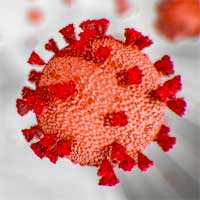
Clinical characteristics of critically ill patients with COVID-19
In this study of critical patients infected by SARS-CoV-2 in a high-complexity hospital, the majority were comorbid elderly men, a large percentage required invasive mechanical ventilation, and ICU mortality was 25%. Design... read more

Lung ventilation distribution in patients after traditional full sternotomy and minimally invasive thoracotomy
The aim of the study was to examine the post-operative ventilation distribution changes in cardiac surgical patients after traditional full sternotomy (FS) or minimally invasive thoracotomy (MIT). A total of 40 patients... read more
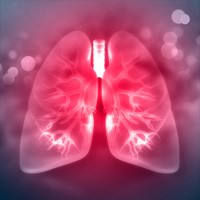
What’s new about pulmonary hyperinflation in mechanically ventilated critical patients
Pulmonary hyperinflation is the increase in the relaxation volume of the respiratory system at the end of a tidal expiration (end-expiratory volume). This can occur due to a number of factors, acting alone or in combination,... read more

Myorelaxants in ARDS patients
Neuromuscular blocking agents (NMBAs) inhibit patient-initiated active breath and the risk of high tidal volumes and consequent high transpulmonary pressure swings, and minimize patient/ ventilator asynchrony in acute respiratory... read more
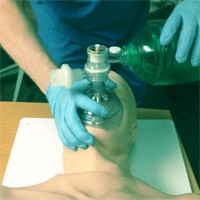
Airway closure, more harmful than atelectasis in intensive care?
Since the mid-1980s, atelectasis has been demonstrated during anesthesia in lung healthy subjects and in intensive care patients suffering from acute respiratory failure and requiring ventilator support. In the latter... read more
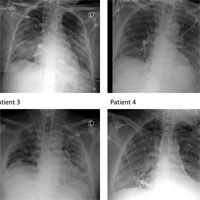
Increased Dead Space Ventilation and Refractory Hypercapnia in Patients with COVID-19
We speculate that thromboinflammation with pulmonary microvasculature occlusion leads to a sudden increase in dead space and shunt resulting in severe hypercapnia and hypoxemia in coronavirus disease 2019 patients. Early... read more

Outcomes of Patients Requiring Prolonged Acute vs. Short-Term Mechanical Ventilation
Over one-third of all hospitalized patients on mechanical ventilation require it for greater than or equal to 4 days. Prolonged acute mechanical ventilation patients exhibit a higher burden of both chronic and acute illness... read more

Efficacy and Safety of a Paired Sedation and Ventilator Weaning
The purpose of this study is to determine the impact of a new RN/RRT (Registered Nurse/Registered Respiratory Therapist) directed 2-step protocol to wean patients off of a ventilator. This protocol involves daily attempts... read more
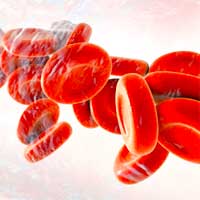
Early Arterial Embolization and Mortality in Mechanically Ventilated Patients With Hemoptysis
The objective of this study was to clarify whether early intervention by arterial embolization reduced mortality in mechanically ventilated patients with hemoptysis. The results show that early intervention by arterial... read more

ECMO During the Coronavirus Disease 2019 Pandemic
In the midst of the 2009 influenza A H1N1 pandemic, clinicians turned to extracorporeal membrane oxygenation (ECMO) as a strategy to save lives. Based on the H1N1 experience, and the ECMO to Rescue Lung Injury in Severe... read more
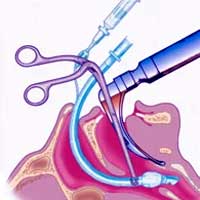
Use and Outcomes of Nasotracheal Intubation Among Patients Requiring Mechanical Ventilation Across U.S. PICUs
Nasotracheal intubation is used in a minority of U.S. PICUs and mainly among young cardiac patients. Nasotracheal intubation is associated with a lower rate of unplanned extubations in this patient population. Future... read more
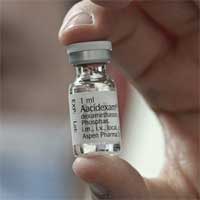
Steroids Confirmed to Help Severely Ill COVID-19 Patients
In patients hospitalized with COVID-19, the use of dexamethasone resulted in lower 28-day mortality among those who were receiving either invasive mechanical ventilation or oxygen alone at randomization but not among those... read more




